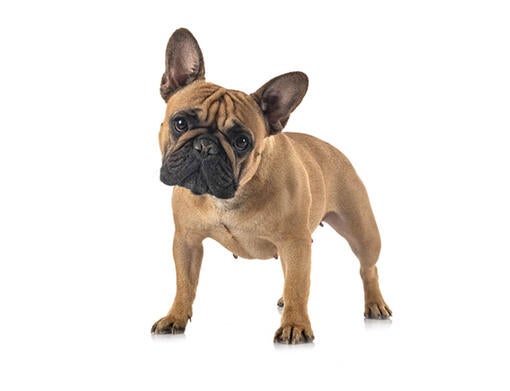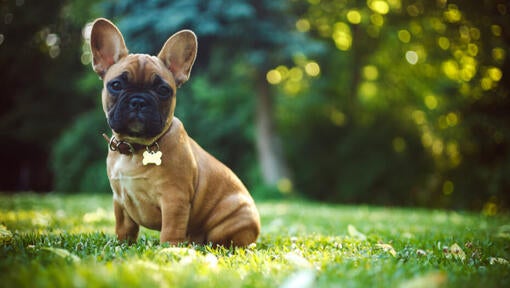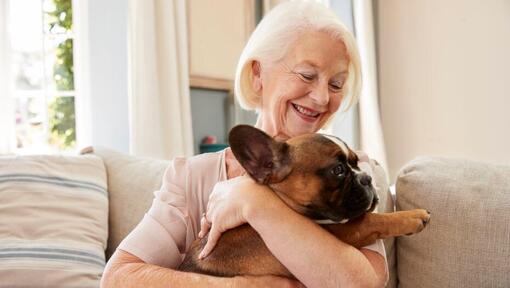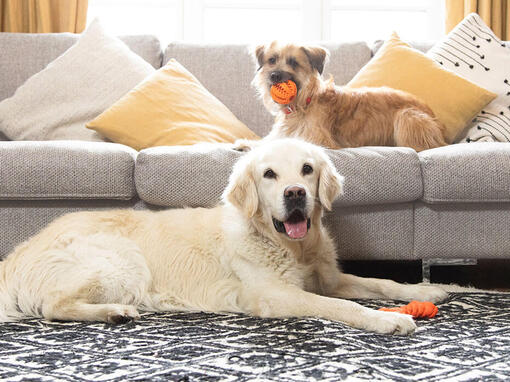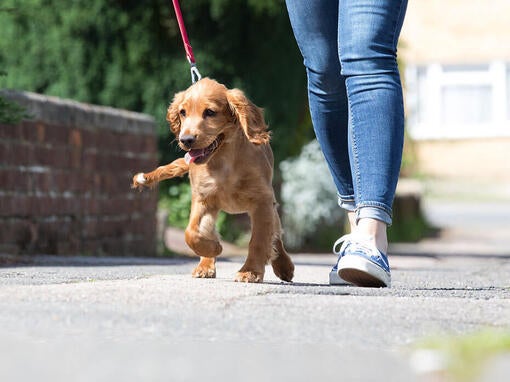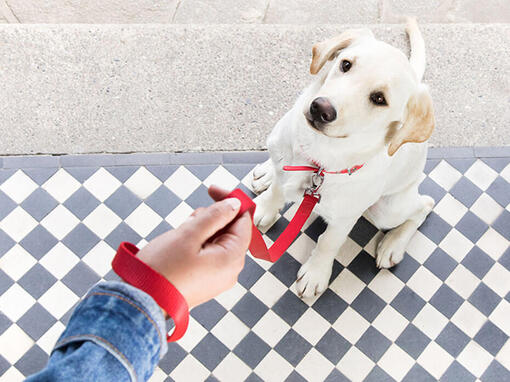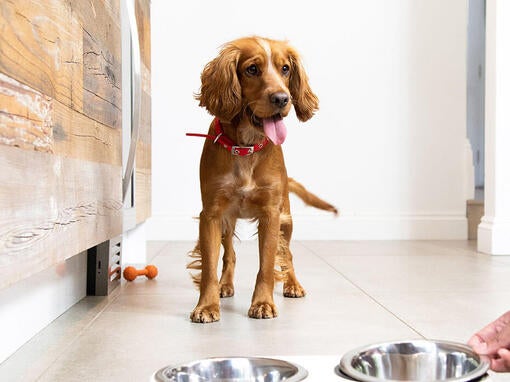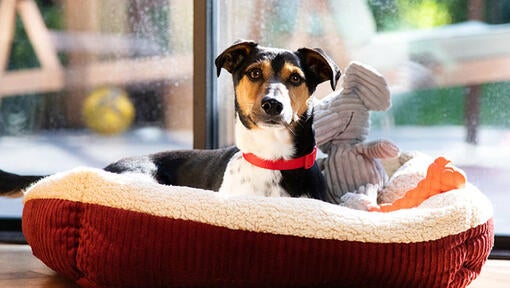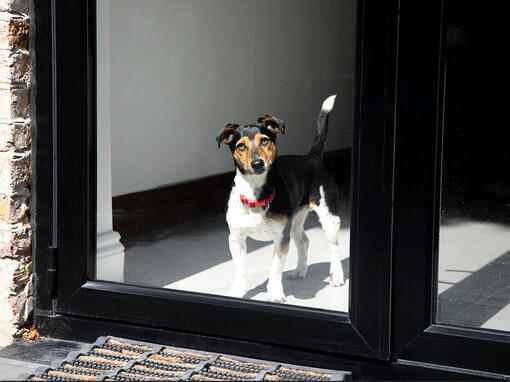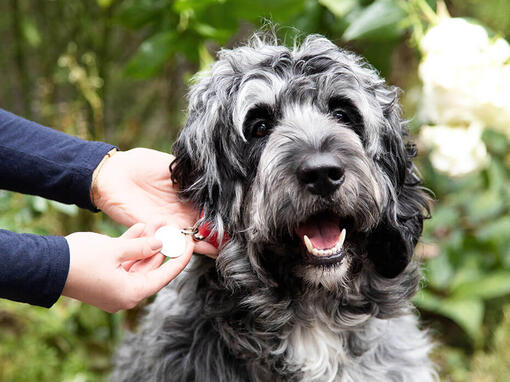French Bulldog Personality
This is a friendly, good-natured, playful dog, who makes an ideal affectionate and fun companion or family dog that’s as happy living in towns and cities as they are in the countryside. The French Bulldog temperament is hard to pin down as it can range from peppy and playful to straight up chilled out. Plus, Frenchies are not usually excessive barkers, so they make excellent apartment pets.
They’re also known to enjoy playtime as much as long naps, and you can always count on them to be exploring and having a natural curiosity about everything surrounding them. Despite their goofiness, they are very intelligent creatures that love human contact and can easily be trained.
This is a courageous breed who think they are many times bigger than they actually are - and can on occasions find themselves in conflict with other dogs who can’t read their flat face and lack of tail.
A French Bulldog would suit an owner who lives in a smaller space and who doesn’t want to have to give their dog a lot of exercise, but enjoys plenty of games and interaction in the home. They probably shouldn’t object to snoring either…
